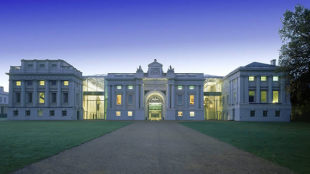Top 09 London Attractions
visitlondon.com's top 09 most popular tourist attractions, based on visitor numbers.
 Top 10 London Attractions video
Top 10 London Attractions video
Many of London's top 10 attractions are free, making them affordable places to soak up some culture – you can book to visit others via the buttons below. Whether you prefer history or modern art, you'll find it at one of these must-visit spots.
The list below is in order of popularity based on the latest available visitor numbers.
For accessibility information see our Attractions Accessibility page
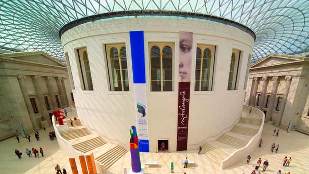
British Museum
The world-famous British Museum exhibits the works of man from prehistoric to modern times, from around the world. Highlights include the Rosetta Stone, the Parthenon sculptures and the mummies in the Ancient Egypt collection. Entry is free but special exhibitions require tickets.
National Gallery
The crowning glory of Trafalgar Square, London's National Gallery is a vast space filled with Western European paintings from the 13th to the 19th centuries. In this iconic art gallery you can find works by masters such as Van Gogh, da Vinci, Botticelli, Constable, Renoir, Titian and Stubbs. Entry is free but special exhibitions require tickets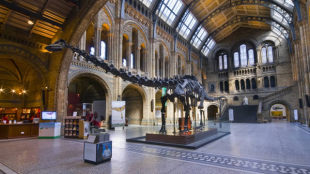
Natural History Museum
As well as the permanent (and permanently fascinating!) dinosaur exhibition, the Natural History Museum boasts a collection of the biggest, tallest and rarest animals in the world. See a life-sized blue whale, a 40-million-year-old spider, and the beautiful Central Hall. Entry is free but special exhibitions require tickets.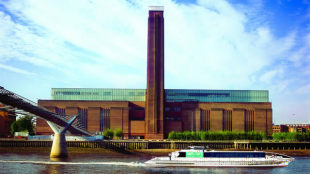
Tate Modern
Sitting grandly on the banks of the Thames is Tate Modern, Britain's national museum of modern and contemporary art. Its unique shape is due to it previously being a power station. The gallery's restaurants offer fabulous views across the city. Entry is free but special exhibitions require tickets.
The London Eye
The London Eye is a major feature of London's skyline. It boasts some of London's best views from its 32 capsules, each weighing 10 tonnes and holding up to 25 people. Climb aboard for a breathtaking experience, with an unforgettable perspective of more than 55 of London's most famous landmarks – all in just 30 minutes!Find Prices
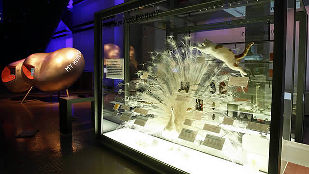
Science Museum
From the future of space travel to asking that difficult question: "who am I?", the Science Museum makes your brain perform Olympic-standard mental gymnastics. See, touch and experience the major scientific advances of the last 300 years; and don't forget the awesome Imax cinema. Entry is free but some exhibitions require tickets.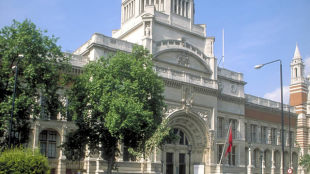
Victoria and Albert Museum
The V&A celebrates art and design with 3,000 years' worth of amazing artefacts from around the world. A real treasure trove of goodies, you never know what you'll discover next: furniture, paintings, sculpture, metalwork and textiles; the list goes on and on… Entry is free but special exhibitions require you to purchase tickets.
Tower of London
Take a tour with one of the Yeoman Warders around the Tower of London, one of the world's most famous buildings. Discover its 900-year history as a royal palace, prison and place of execution, arsenal, jewel house and zoo! Gaze up at the White Tower, tiptoe through a medieval king's bedchamber and marvel at the Crown Jewels.Find Prices
